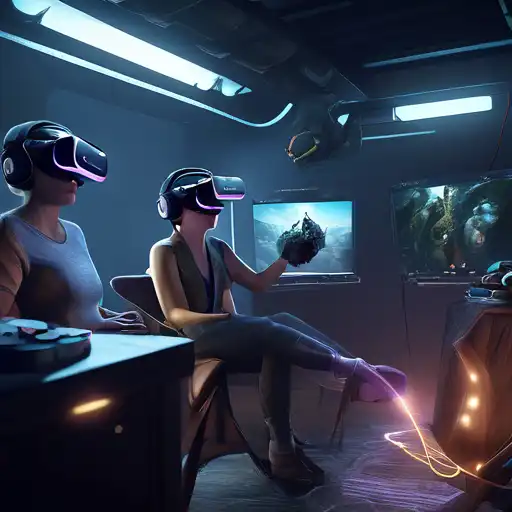Introduction to Virtual Reality
Virtual Reality (VR) has transformed the way we interact with digital content, offering unparalleled immersive experiences. This guide delves into the essentials of creating captivating VR environments that engage and mesmerize users.
Understanding VR Technology
Before diving into creation, it's crucial to grasp the fundamentals of VR technology. VR immerses users in a fully digital environment, achieved through headsets and motion tracking. The key to a successful VR experience lies in its ability to simulate a believable world.
Designing for Immersion
Immersion is the cornerstone of VR. To achieve this, focus on high-quality graphics, realistic sound effects, and intuitive interactions. Remember, the goal is to make users forget they're in a virtual world.
- High-resolution textures and models
- 3D spatial audio
- Natural user interfaces
Optimizing Performance
VR demands high performance to maintain immersion. Optimize your experiences by reducing polygon counts, using efficient lighting, and implementing level of detail (LOD) techniques. Performance hiccups can quickly break immersion.
User Comfort Considerations
Not all users react the same way to VR. Minimize motion sickness by ensuring stable frame rates and avoiding unnatural movements. Comfort should always be a priority in your design process.
Testing and Iteration
Testing is vital. Gather feedback from a diverse group of users to identify and rectify any issues. Iteration based on real user experiences can significantly enhance the final product.
Future of VR
The future of VR is bright, with advancements in haptic feedback, eye-tracking, and wireless technology pushing the boundaries of what's possible. Staying updated with these trends is essential for creators.
Creating immersive VR experiences is both an art and a science. By focusing on immersion, performance, and user comfort, you can craft unforgettable virtual worlds. For more insights into VR technology, check out our VR Technology section.
